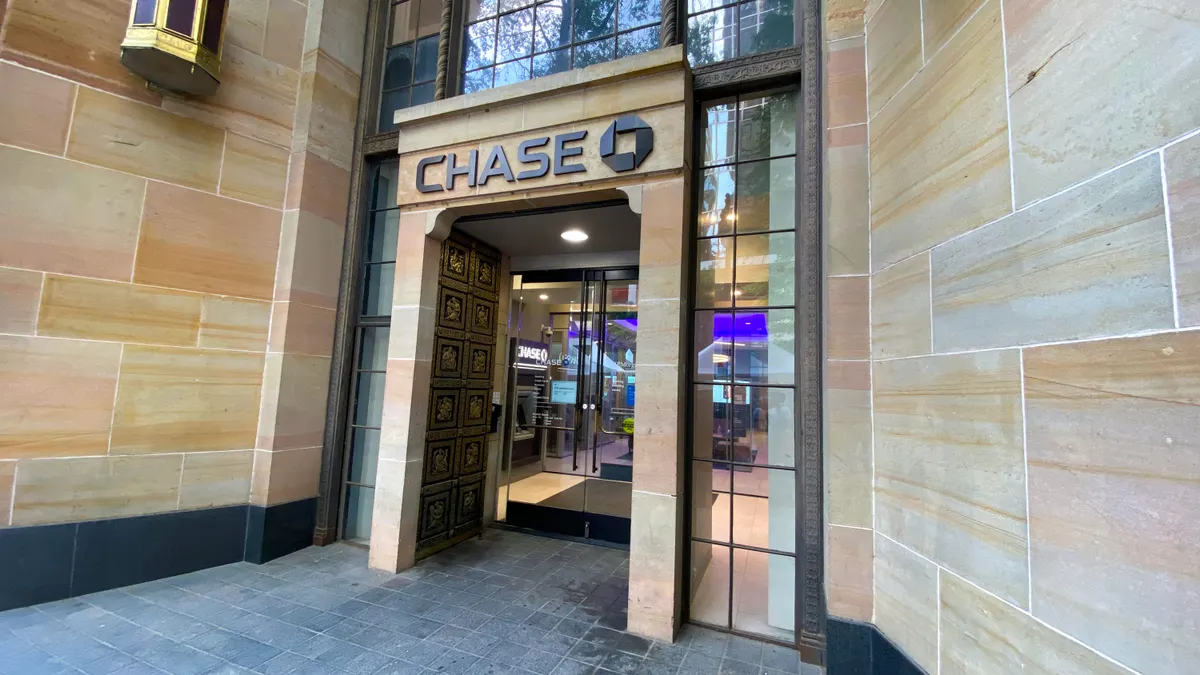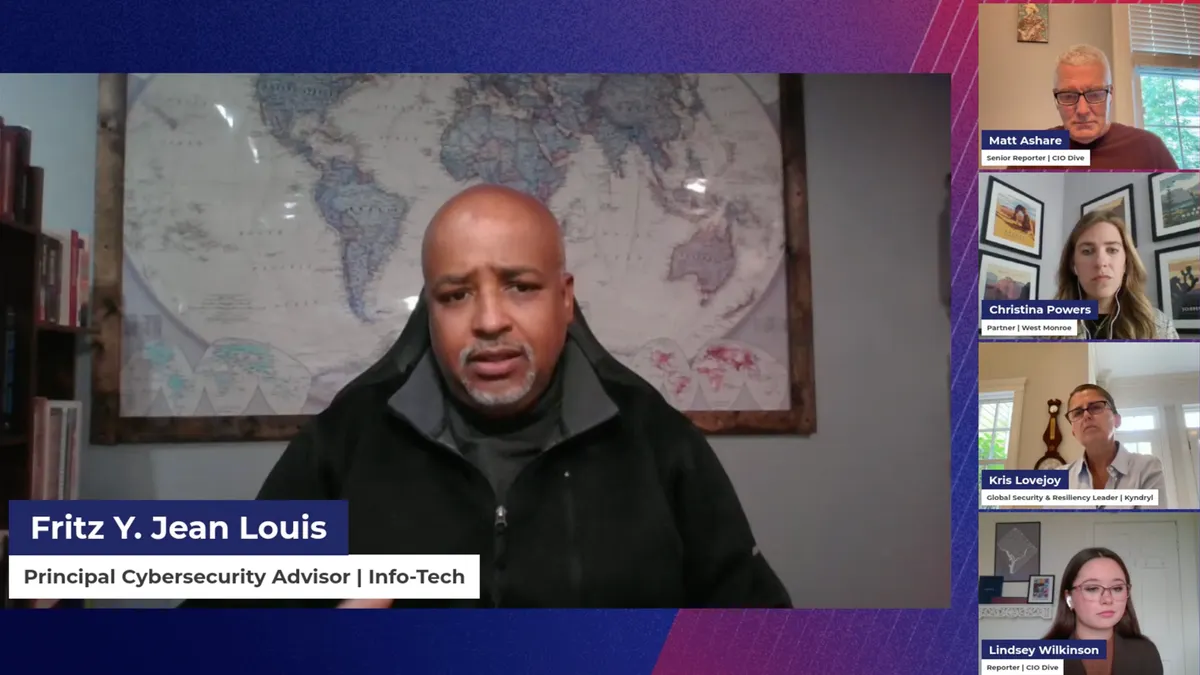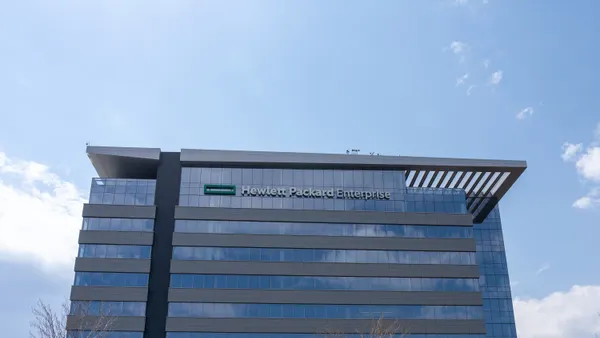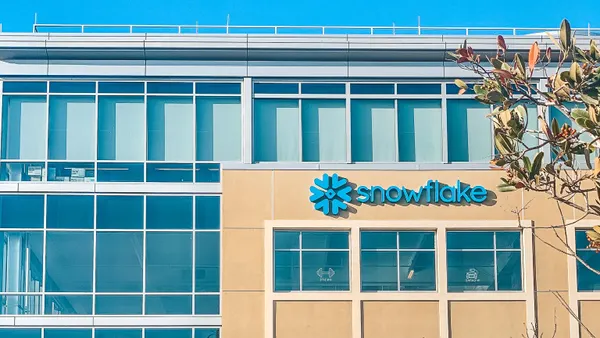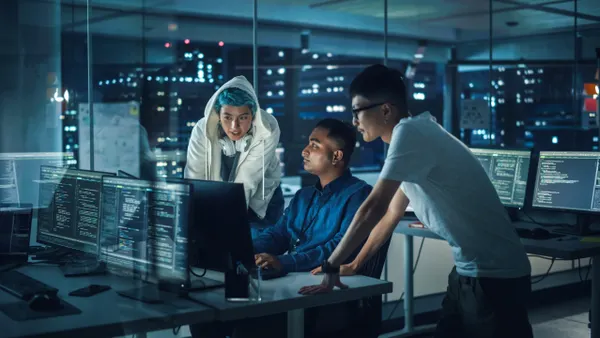IT teams at financial companies have their hands full untangling years, and sometimes decades, of tech debt. Reliance on legacy technology can slow down innovation and put broader business goals out of reach.
AI can step in to speed up the modernization process, according to Roman Eisenberg, head of technology for Chase card and connected commerce at JPMorgan Chase.
“The core of credit card processing served us well for many decades because it was built for scale and extendability," Eisenberg told CIO Dive. "But it was built on mainframe, using legacy programming languages.”
Over time, however, the mainframe infrastructure made it harder to innovate. Chase was also grappling with skills gaps, making it difficult to maintain let alone expand capabilities.
While initially skeptical about including AI as part of platform modernization efforts, Eisenberg and his team were able to allay concerns through robust governance and guardrails.
“At first, the criticality, the risk associated with making mistakes and all kinds of hallucinations that we saw, there was no way we could allow it to be anywhere near mission critical [platforms],” Eisenberg said.
Other enterprise leaders can relate. AI adoption that isn’t supported with adequate safeguards and processes can degrade outcomes. Analysts have urged technology tech chiefs to approach the opportunity with care.
The potential upsides motivate CIOs to keep trying.
AI-assisted modernization can help organizations unshackle themselves from outdated systems at a faster pace. Around 80% of IT and business leaders expect AI coding assistants to help document legacy applications, rewrite old code and automate software testing, according to a Publicis Sapient report published in May.
Identifying governance gaps and establishing the right safeguards changed everything for Chase.
“We saw immediately that it allowed us to unlock real value for our customers,” Eisenberg said. “For me, it was one of those 'ah-ha' moments.”
Standing up guardrails
The stakes are high for modernization projects, but success is hard to come by.
The majority of legacy tech upgrades fail initially, and more than half contend with the stalling of broader digital transformation initiatives, according to a Forrester survey. Mainframe skills gaps, complex integration strategies and inadequate tools are all to blame for misfires.

“We cannot make mistakes,” Eisenberg said. “You have to move fast, but you absolutely have to minimize any chance of breaking things because it’s how people buy groceries and pay for childcare.”
With that in mind, Chase ensures upgrades occur in a sandbox before moving into production. With tens of millions of lines of code to refactor, teams go after the highest-value modules first.
“A lot of it pertains to customer experience, so we would prioritize that to narrow it down,” Eisenberg said. “We then create that test ecosystem and apply generative AI tools to explain what the code does.”
From there, teams use the documentation to generate new code in modern languages that are tested, compared and validated.
“If we see that the same tests work, we have a very high degree of confidence that we didn’t miss anything and that the generative AI didn’t hallucinate,” Eisenberg said.
Humans in the loop are also responsible for ensuring that newly generated code is up to par.
“The new code might have to be refactored further or moved to a different domain,” Eisenberg said. “But these are several steps that decide whether it’s ready to be shipped into production.”
Chase card teams have been using the process for about a year and are likely to continue into the foreseeable future.
“It will end when we decommission the last line of mainframe code,” Eisenberg said. “But we’re not going to stop at mainframe. We have so much other infrastructure where this approach is beneficial.”



